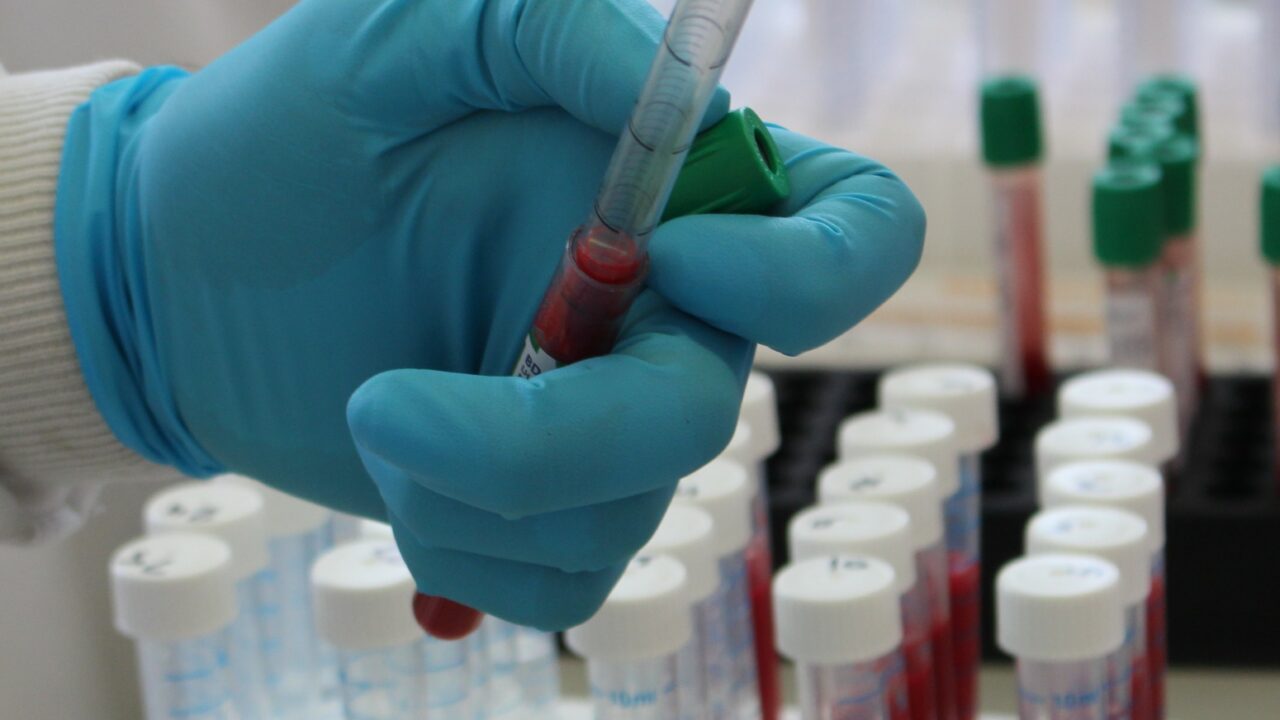TB rates are continuing to spiral in Northern Ireland as the disease surpasses its worst rate in 12 years, according to official figures published this week.
The disease hit its worst rate in around 12 years in August and continued to rise in September, the last month for which figures are available.
In September, the rolling 12-month figure for herd incidence rate hit 9.26%, a slight increase on the August figure of 9.03% – the latest department figures show.
It compares with a herd incidence of 7.12% in September 2016.
Speaking to AgriLand, chief veterinary officer Robert Huey said that action was needed on all sides to combat the disease.
He said more rigorous testing procedures have been implemented over the last 12-18 months, accounting for at least some of the increase in the rate of TB detection.
However, he said that the disease was at an “unacceptable level”.
This year, the disease is expected to cost Northern Ireland’s public purse £24 million in compensation alone – almost double the £12.6 million compensation cost just four years ago.
In September in light of increasing TB incidence over the past year, DAERA introduced a number of new measures as follows to strengthen the TB Programme:
- Further application of severe interpretation of skin tests in breakdown herds;
- The introduction of a further herd test after a breakdown herd is de-restricted in certain situations, to reduce the risk of further breakdowns;
- A reactor quality assurance pilot to establish baseline data on TB skin test reactions;
- The introduction of a biosecurity self-assessment checklist.
The department has today launched public consultation on a range of proposals to work towards eradication.
It comes after a meeting of the TB Strategic Partnership Group (TBSPG) to consult on the plans was delayed for several months due to the deadlock at Stormont.
The meeting was postponed but eventually given permission to meet earlier this month without a Minister of Agriculture.
More to follow on this story.

